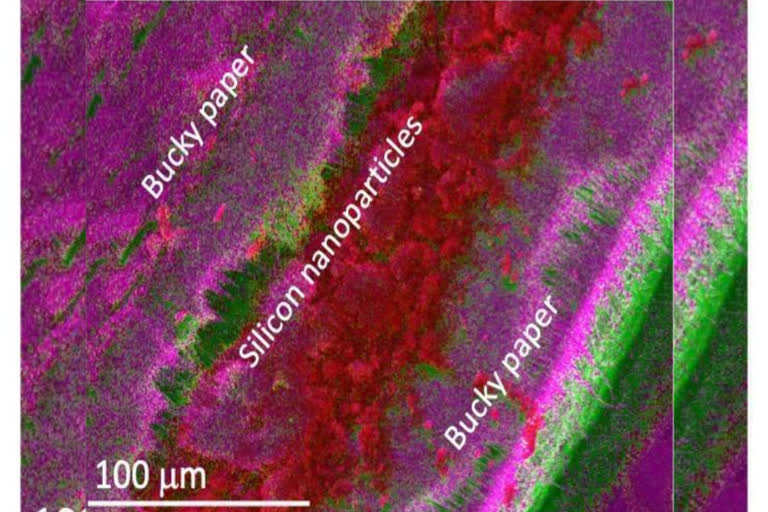New York:Shailendra Chiluwal, Nawraj Sapkota, Apparao M Rao and Ramakrishna Podila, all of whom are part of the Clemson Nanomaterials Institute (CNI) at the Clemson University in South Carolina were part of the team that created these batteries.
Podila, an assistant professor in the College of Science's department of physics and astronomy, said the revolutionary new batteries could soon be used in US satellites.
Most satellites mainly get their power from the sun. But the satellites have to be able to store energy for when they are in the Earth's shadow.
"We have to make the batteries as light as possible because the more the satellite weighs, the more its mission costs," Podila said.
The research, which was funded by NASA, appeared in the American Chemical Society journal Applied Materials and Interfaces. Podila said that to understand the group's breakthroughs, one could visualize the graphite anode in a lithium-ion battery as a deck of cards, wherein each card represents a layer of graphite that is used to store the charge until electricity is needed.
The problem, Podila said, is that "graphite cannot store much charge".
The team opted to work with silicon, which can pack more charge, meaning more energy can be stored in lighter cells.
Rather than a deck of cards made of graphite, the new batteries use layers of a carbon nanotube material called "Buckypaper", with the silicon nanoparticles sandwiched in between.
"The freestanding sheets of carbon nanotubes keep the silicon nanoparticles electrically connected with each other," explained Shailendra Chiluwal, a graduate student at CNI and the first author on the study.
